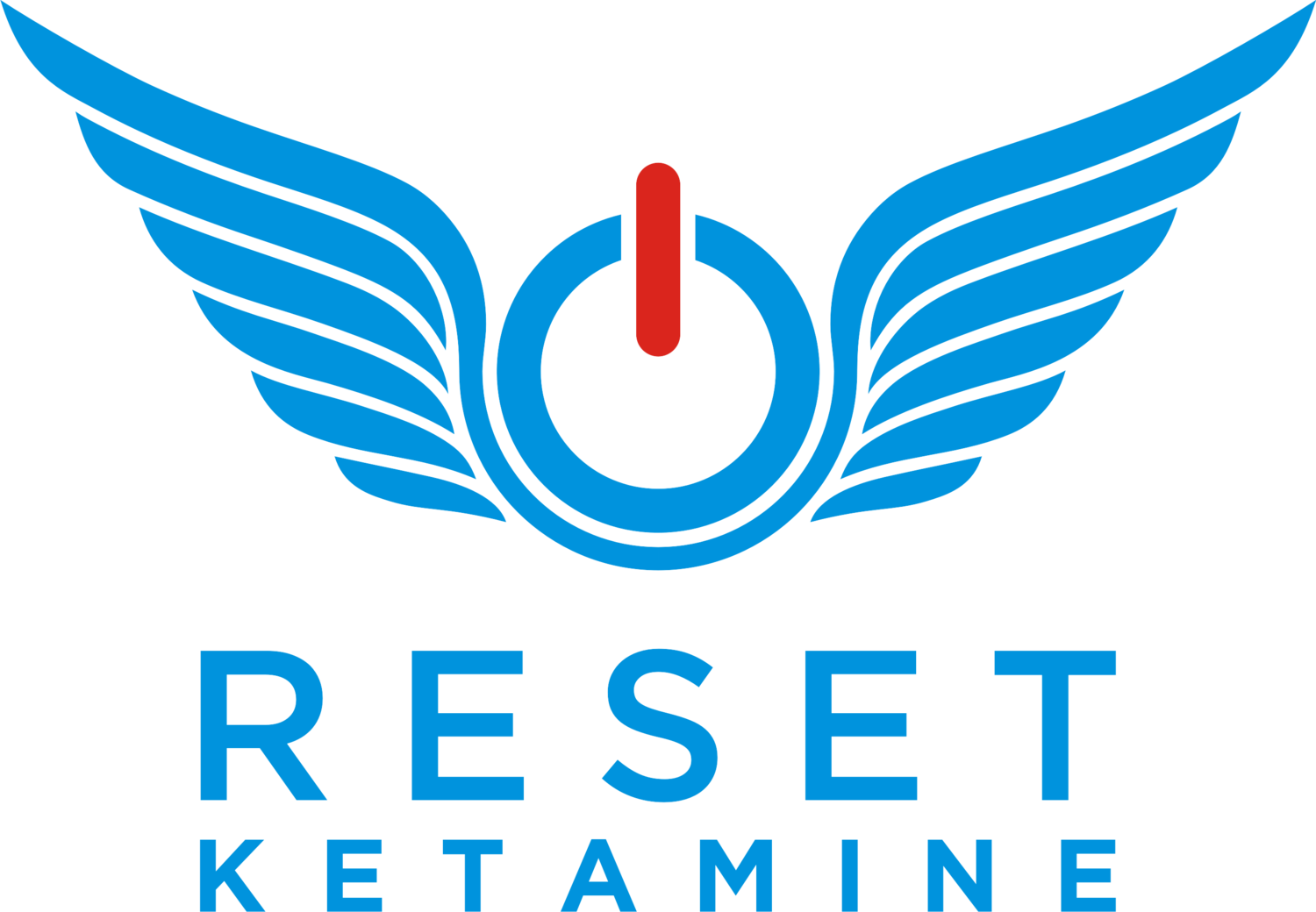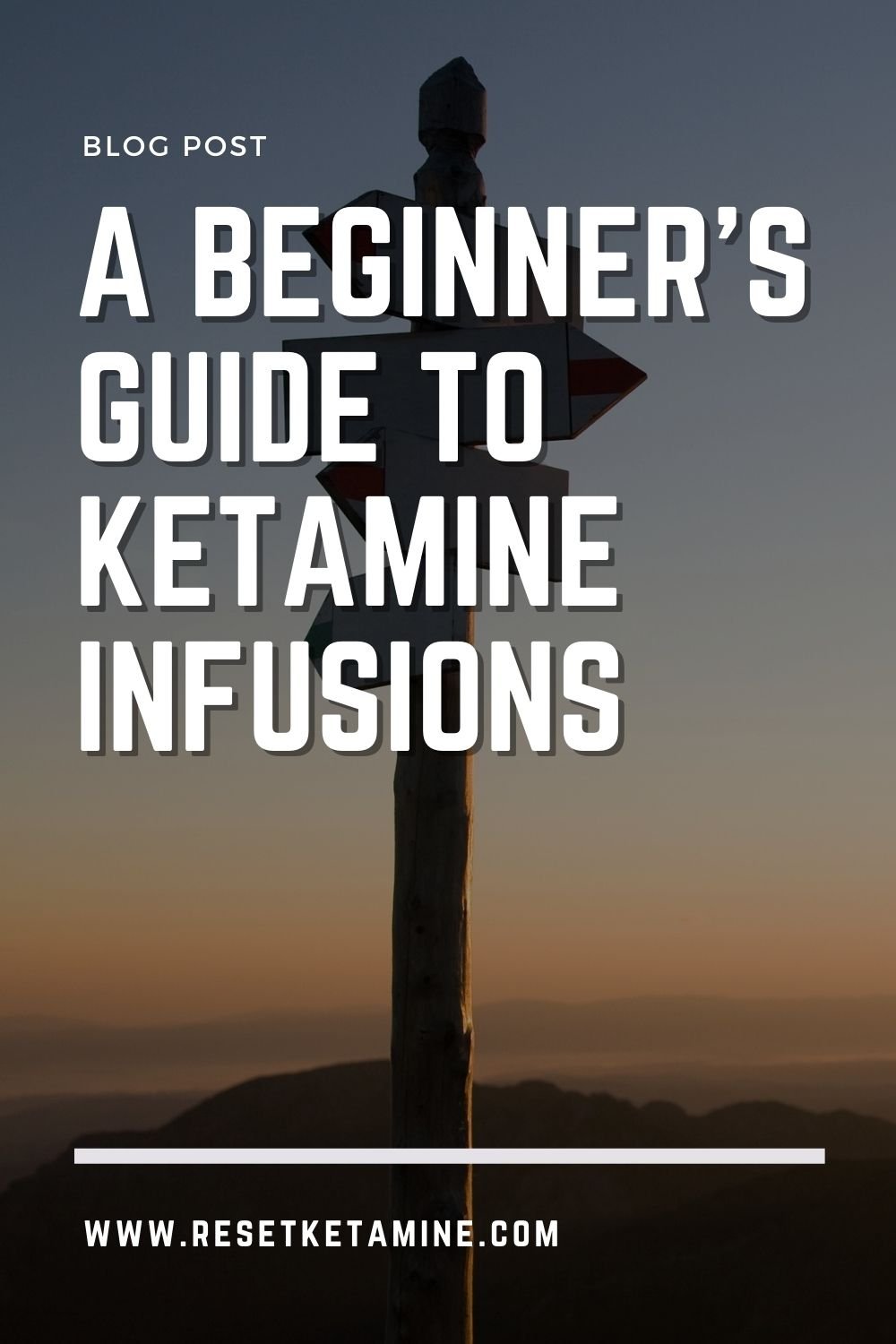Psychedelic therapy, or at least the talk of them, is very popular as of this writing. Ketamine is currently the only legal and FDA approved psychedelic in the United States. You may have heard about ketamine as a recreational drug or as an animal tranquilizer but not sure what to think about it. You may have depression, anxiety, OCD, or PTSD which is not being helped by standard treatments. You may even know of a loved one who could benefit from ketamine infusions.
There is a lot of information out there. Some good and some not so good information in giving you a straightforward understanding of ketamine as a treatment option for various mental health disorders. So welcome to our beginner's guide, where we'll cover the basics of what you need to know.
What Is Ketamine?
Ketamine was first synthesized in the 1960s for use as a general anesthetic and FDA approved in 1970. Ketamine blocks the activity of glutamate (an excitatory neurotransmitter), which binds to and activates the NMDA receptor. This NMDA receptor blockade is known to increase brain-derived neurotrophic factor (BDNF).
Increases in BDNF results in increased neurogenesis and neuroplasticity. This helps those with chronic pain and depression to restore their neuronal activity and synaptic strength in the prefrontal cortex, restoring and resetting their brain back to a healthier state.
If you want to further learn how ketamine works check out: The 4 Mechanisms of How Ketamine Works
Ketamine has been traditionally used in the operating room and emergency departments for sedation and pain control. Ketamine has a colorful history and is known to be used in veterinary medicine as a “animal tranquilizer” and even a recreational club drug of abuse. However, ketamine is the most commonly medicine used worldwide for sedation and the World Health Organization (WHO) places ketamine in its List of Essential Medicines.
Ketamine can be delivered into the body in several forms: oral (pill form), intranasal (insufflated into the nose), intramuscular (injected into the muscle), and intravenous (into the vein). Most ketamine clinics provide ketamine in the intravenous form as a slow infusion. There are other clinics that may provide ketamine in the other forms in conjunction with psychotherapy.
Why Doctors Are Using Ketamine?
Ketamine clinics are using ketamine for the treatment of depression, anxiety, OCD, PTSD, as well as various forms of chronic pain. Because of ketamine’s unique properties, many people are experiencing rapid, effective relief compared to traditional treatments, such as selective serotonin reuptake inhibitors (SSRIs) which can take months to take effect.
When individuals are receiving ketamine for these treatments, ketamine is being used “off-label,” meaning that it is not being for the specific indication approved by the United States Food and Drug Administration (FDA). To get FDA approval for an indication, it requires multiple stages of research to evaluate the safety and efficacy for that specific use. In 1970, ketamine was FDA approved for use as the, “sole anesthetic agent for diagnostic and surgical procedures that do not require skeletal muscle relaxation.” But all other uses are considered “off-label.” Fortunately, once a drug is FDA approved, physicians have the freedom to use their best clinical judgment in prescribing drugs for other purposes than originally intended.
Who Shouldn’t Get Ketamine?
To understand who should not get ketamine, you’ll need to understand the effect of ketamine on the body. Ketamine can increase the heart rate and blood pressure and stress the cardiac function of anyone who has uncontrolled heart problems. Ketamine is used during medical procedures and operations for analgesia (i.e. doctors can perform surgeries and procedures without causing pain to the patients) due to its dissociative property. This dissociative property is also, according to research, associated with better antidepressant effects during ketamine infusions. While this is a wonderful property if a person has a mental disorder which is characterized by hallucinations or delusions, undergoing ketamine infusions could actually worsen these conditions.
There are a few other situations in which ketamine infusions would be a bad idea. Learn more here: The 7 Types of People Who Should NOT Get Ketamine
Where Can I Get Ketamine Infusions?
If you are in a major city, such as New York, San Francisco, or Los Angeles there are several ketamine clinics from which you can choose from. As a result of the effectiveness of ketamine, more and more ketamine clinics are opening up which is providing more opportunities for people to be treated. However, it can be difficult to figure out where and who would be a good fit for you. Many people who have come to our clinic have found us through Google and Yelp.
If you are looking for another reliable source, check out the directory from the American Society of Ketamine Physicians website here.
As you do your own research, you may realize there are many options for clinics for you to choose from! How will you know which one to go to? Most clinics follow a standard medical model, but there can be variations like the environment and setting. While there is standard dosing in the ketamine infusions aspect, the environment and how the infusion experience will go can greatly vary from clinic to clinic. So be sure to have an in-depth conversation with the clinical team prior to booking an appointment.
Check out How to Find the Right Ketamine Clinic For You to help you figure out what could be a good fit for you!
When I Have An Infusion, What Is The Ketamine Experience Like?
No two experiences are alike with ketamine, and there is a wide variety of experiences between people. However, depending on the dose of ketamine and for how long you receive the infusion, you may experience anything from being more aware of how your body feels, quieting of the mind, feelings of love and gratitude, all the way to feeling connected to the Universe/God, death of your ego, and reliving past experiences from a different perspective.
According to Dr. Eli Kolp, there are four types of “ketamine-induced non-ordinary state of consciousness,” which includes:
Empathogenic Experience
Out-of-Body Experience
Near-Death Experience
Ego-Dissolving Experience
The experience you will have with ketamine is a result of the dissociative property. At some ketamine clinics, this dissociative property is viewed as a side effect that is not desired. However, here at Reset Ketamine, we believe the dissociation is integral to healing (which is also supported by research!).
If you want a more in-depth explanation, please check out: What Does A Ketamine Infusion Feel Like?
As you can imagine, these types of experiences can be frightening or new to you. That’s why it is so important to prepare the mind and body for the experience, and undergo the infusion in a clinic where you feel safe and supported, check out How To Prepare For And Integrate From A Ketamine Infusion to learn more!





Explore the transformative journey of ketamine therapy beyond the treatment room; emphasizing the critical importance of applying insights and making tangible changes in your life.